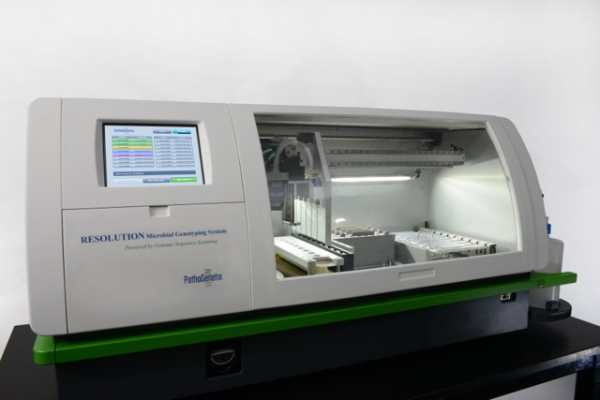
As discussed in our first “Less Visible Innovations” entry, there is much that goes under the radar. It is all too easy to get caught up in the consumer internet sphere when seeking out innovation. Rightly so, there is an unprecedented amount of amazing products being built. However, innovation is hardly constrained to consumer-facing mobile apps and software; innovation is universal. In some ways, it is almost easier to build something completely new than to disrupt a huge, well established industry with a new idea. Thus. we have decided to make “Less Visible Innovations” a regular post; a salute to those who take on the giants, or who work in the un-sexiest of industries. We began with Harvest Automation’s approach to the agriculture industry, now we will look at PathoGenetix and the Bio-Tech industry.
 PathoGenetix has developed an automated system for rapid bacteria identification, which is currently used primarily for food safety testing. So what does that mean exactly? Well their proprietary Genome Sequence Scanning (GSS) technology (left), “is the only bacterial identification system that provides molecular serotype and strain type information directly from a complex sample—in just five hours.” 1 What’s more, their GSS technology, “is culture independent and fully automated from sample preparation to final report,” thus all but eliminating human error and greatly reducing the time costs.2
PathoGenetix has developed an automated system for rapid bacteria identification, which is currently used primarily for food safety testing. So what does that mean exactly? Well their proprietary Genome Sequence Scanning (GSS) technology (left), “is the only bacterial identification system that provides molecular serotype and strain type information directly from a complex sample—in just five hours.” 1 What’s more, their GSS technology, “is culture independent and fully automated from sample preparation to final report,” thus all but eliminating human error and greatly reducing the time costs.2
Owing to the quality of their product, PathoGenetix began collaborating with the U.S. Food and Drug Administration in April of 2013, and then with the U.S. Department of Agriculture’s Agricultural Research Service in September of 2013. 3 On the heels of this collaboration, PathoGenetix announced, on Oct. 30, the closing of a $10M Series C round.4 The round will be used to further commercialize the GSS product, and build a more robust bacteria database.
PathoGenetix is but one example of a company carving out a niche within a massive, established industry. The Woburn, MA company serves as a shining example of the “Less Visible Innovations.”

